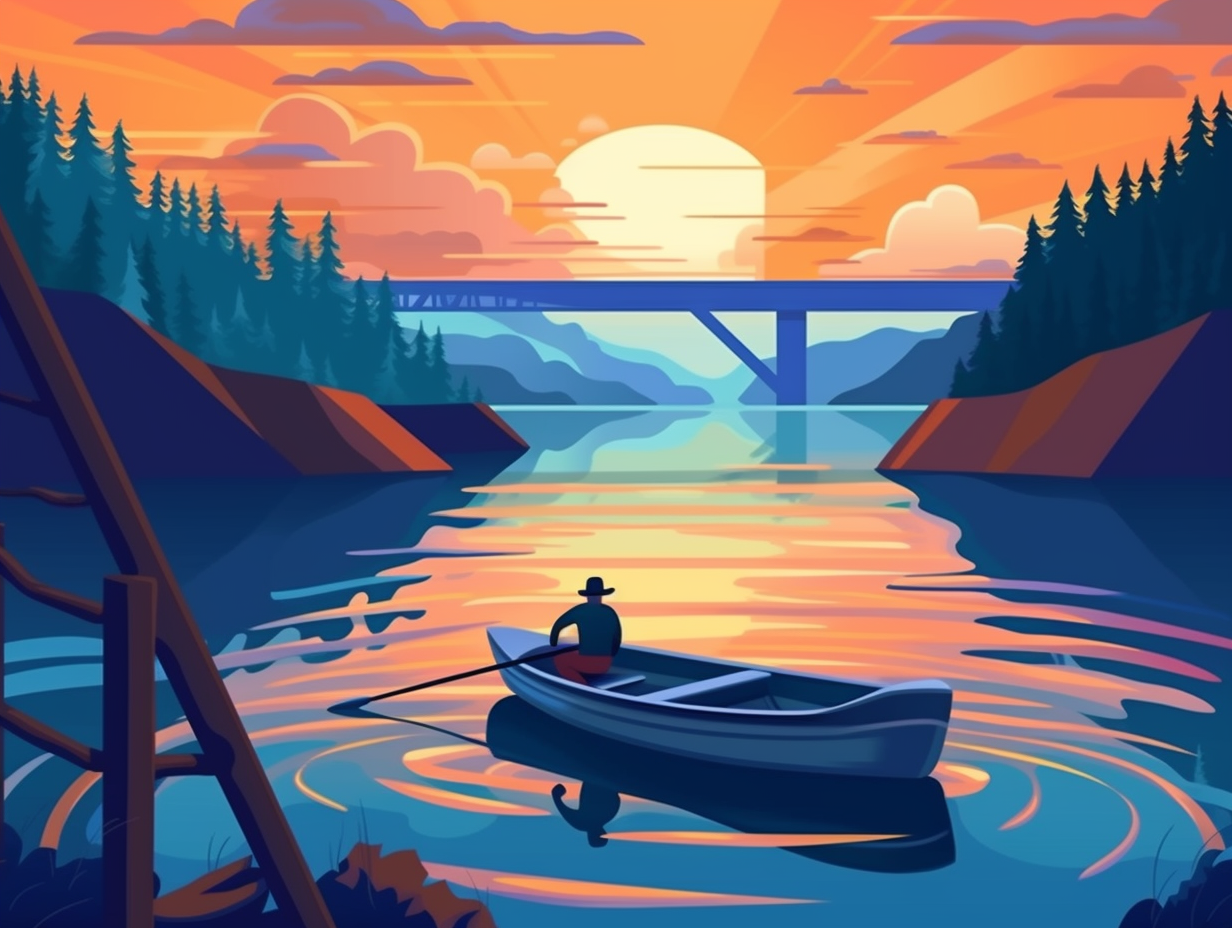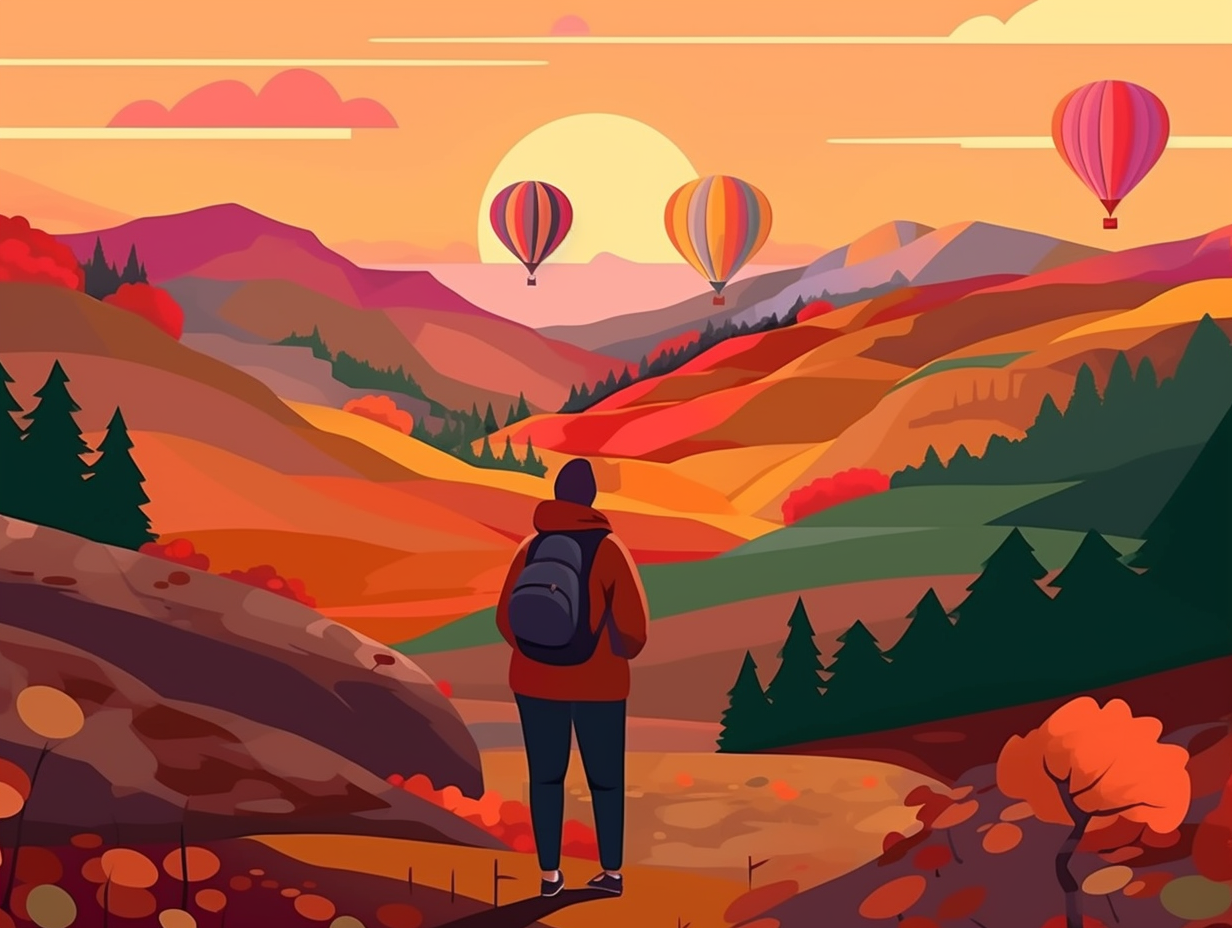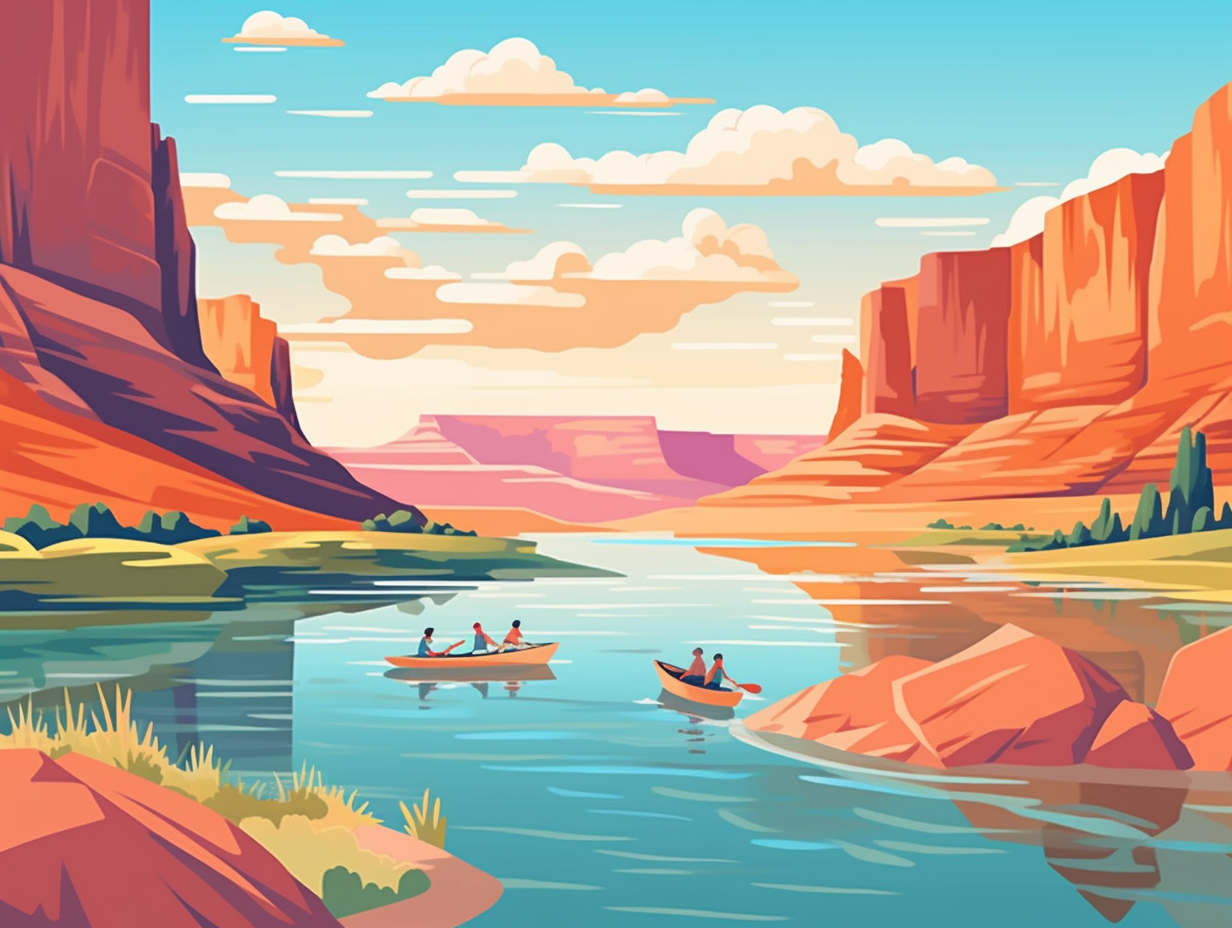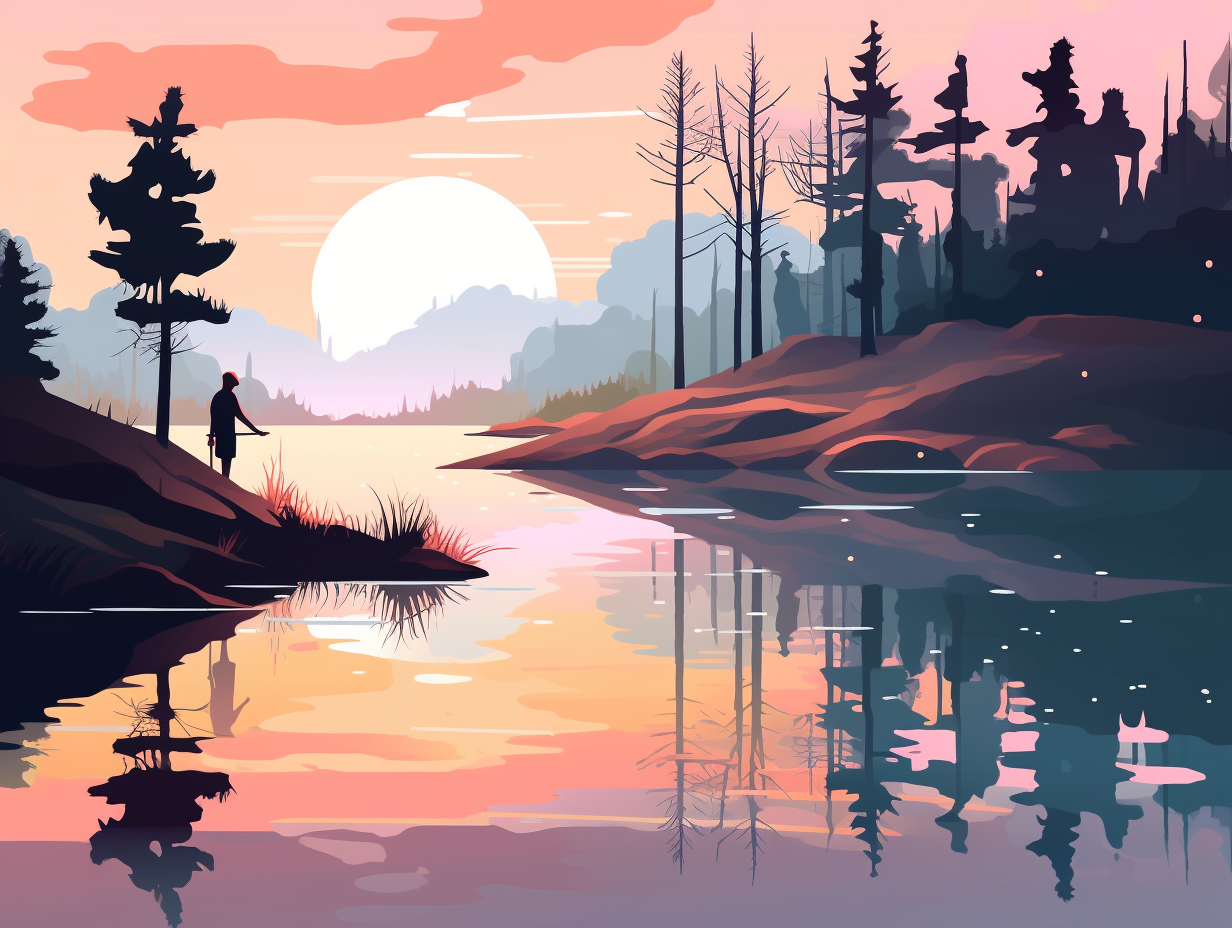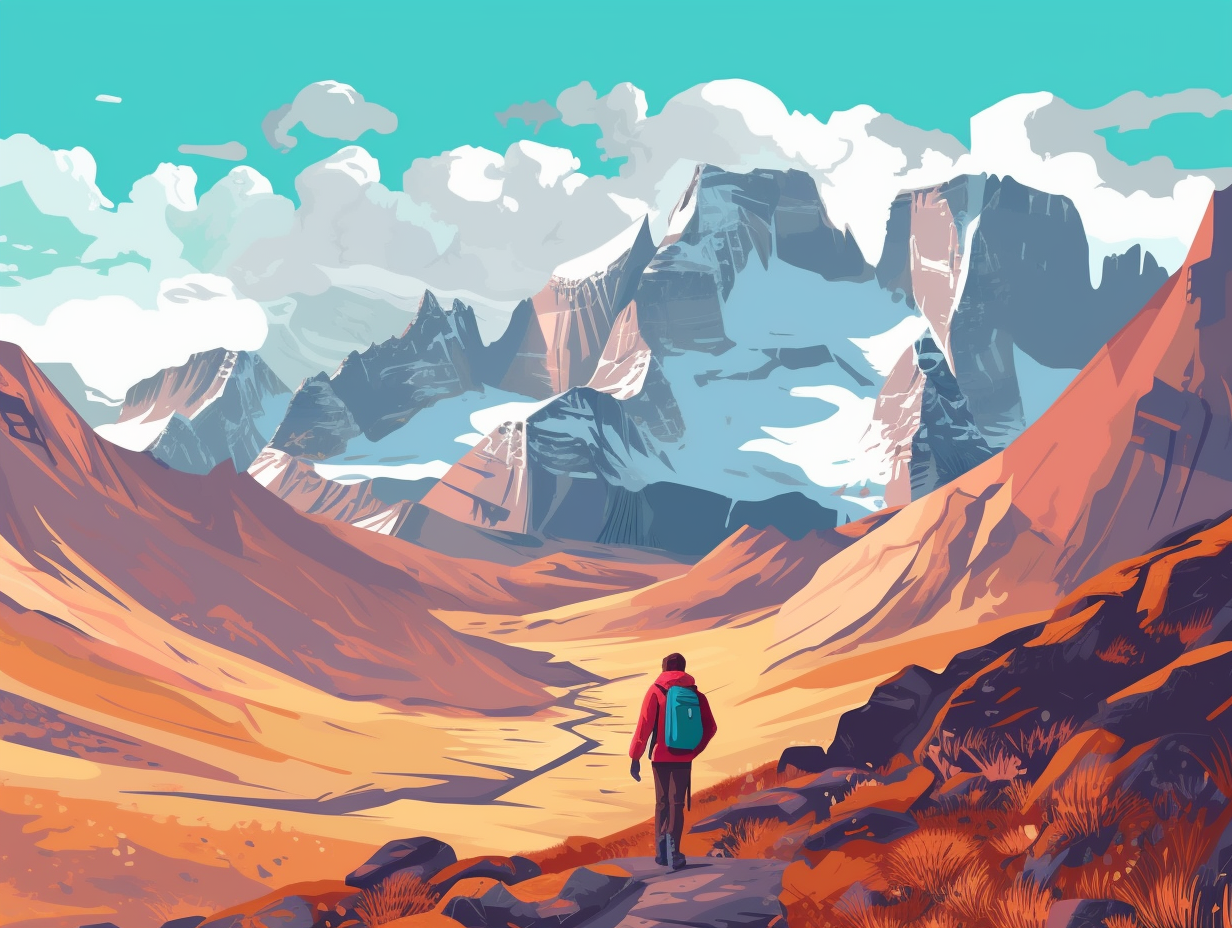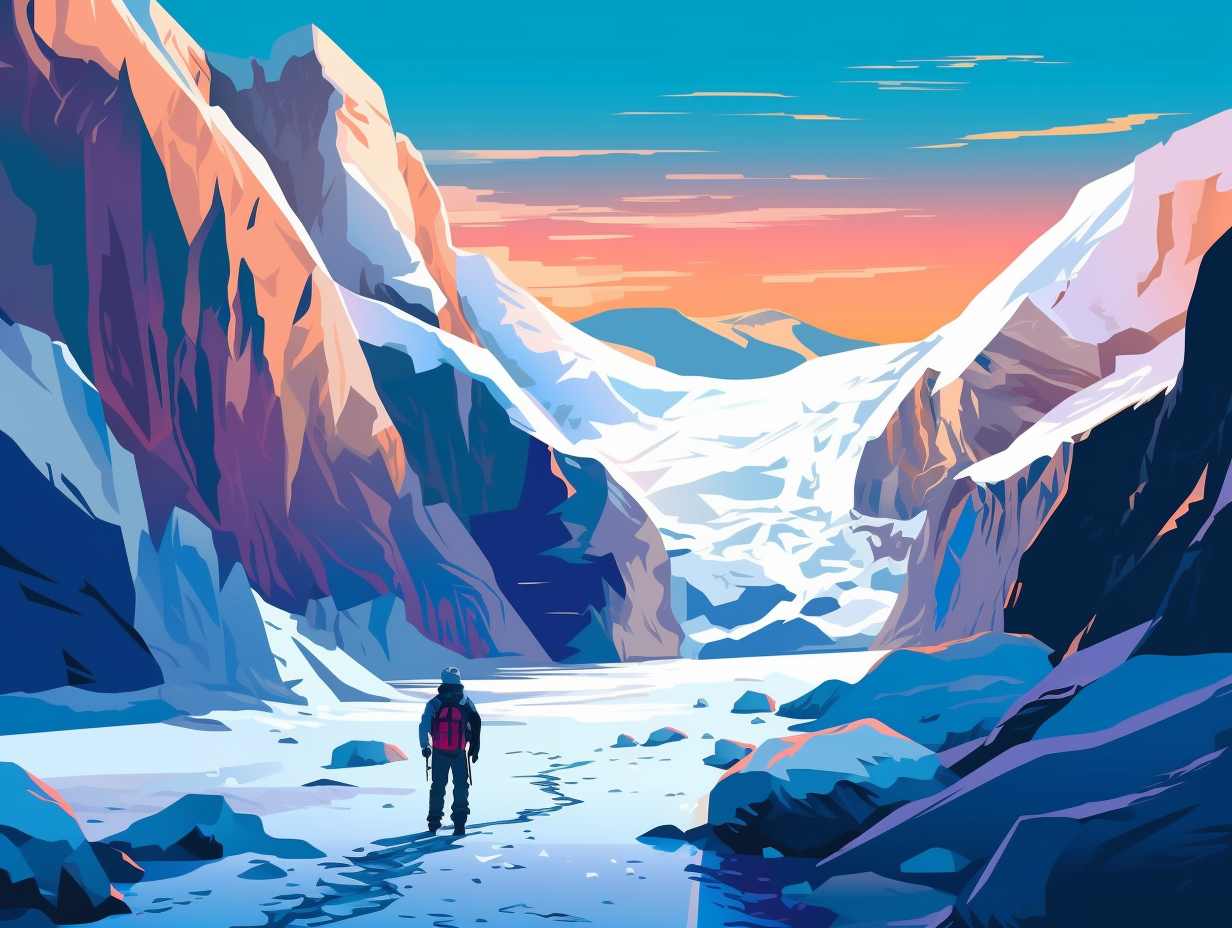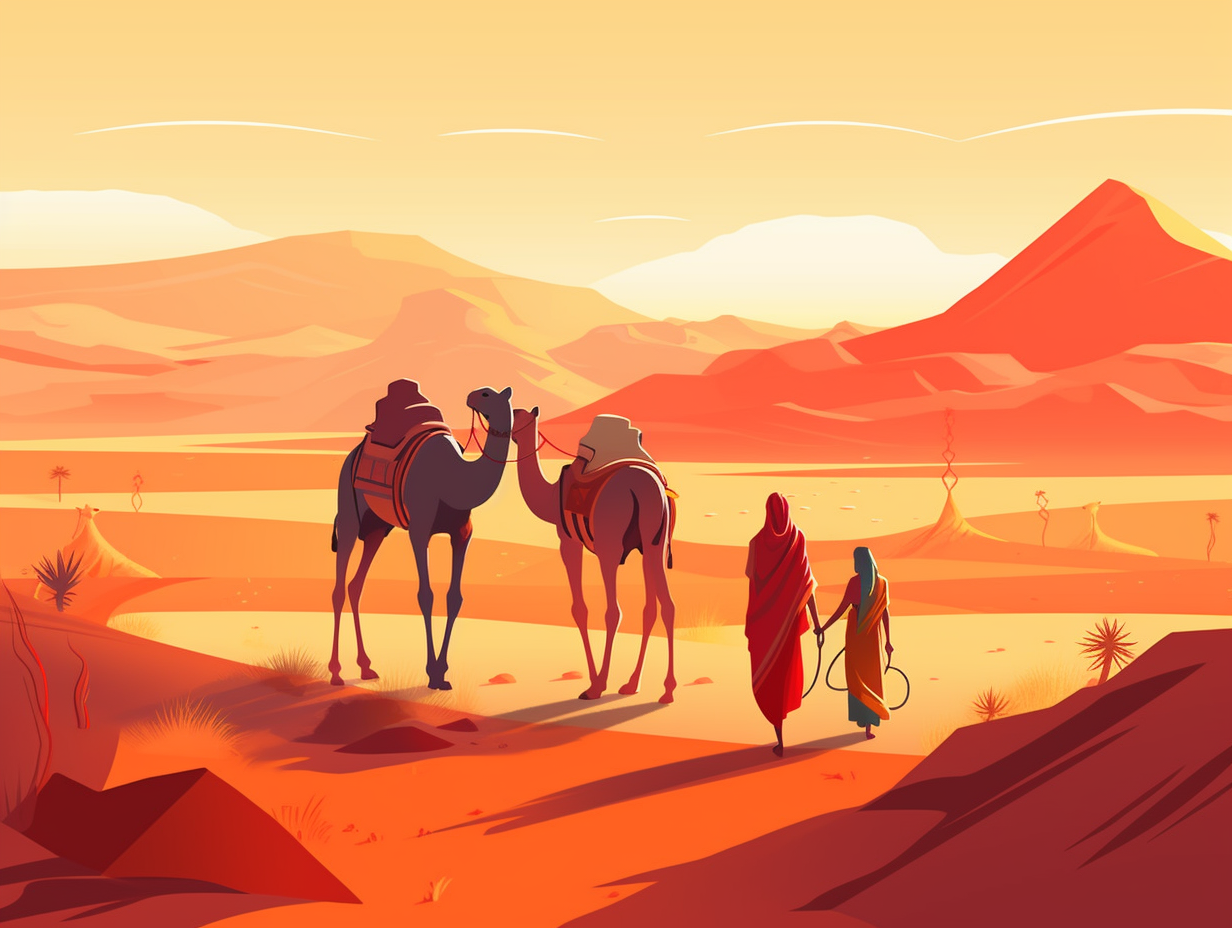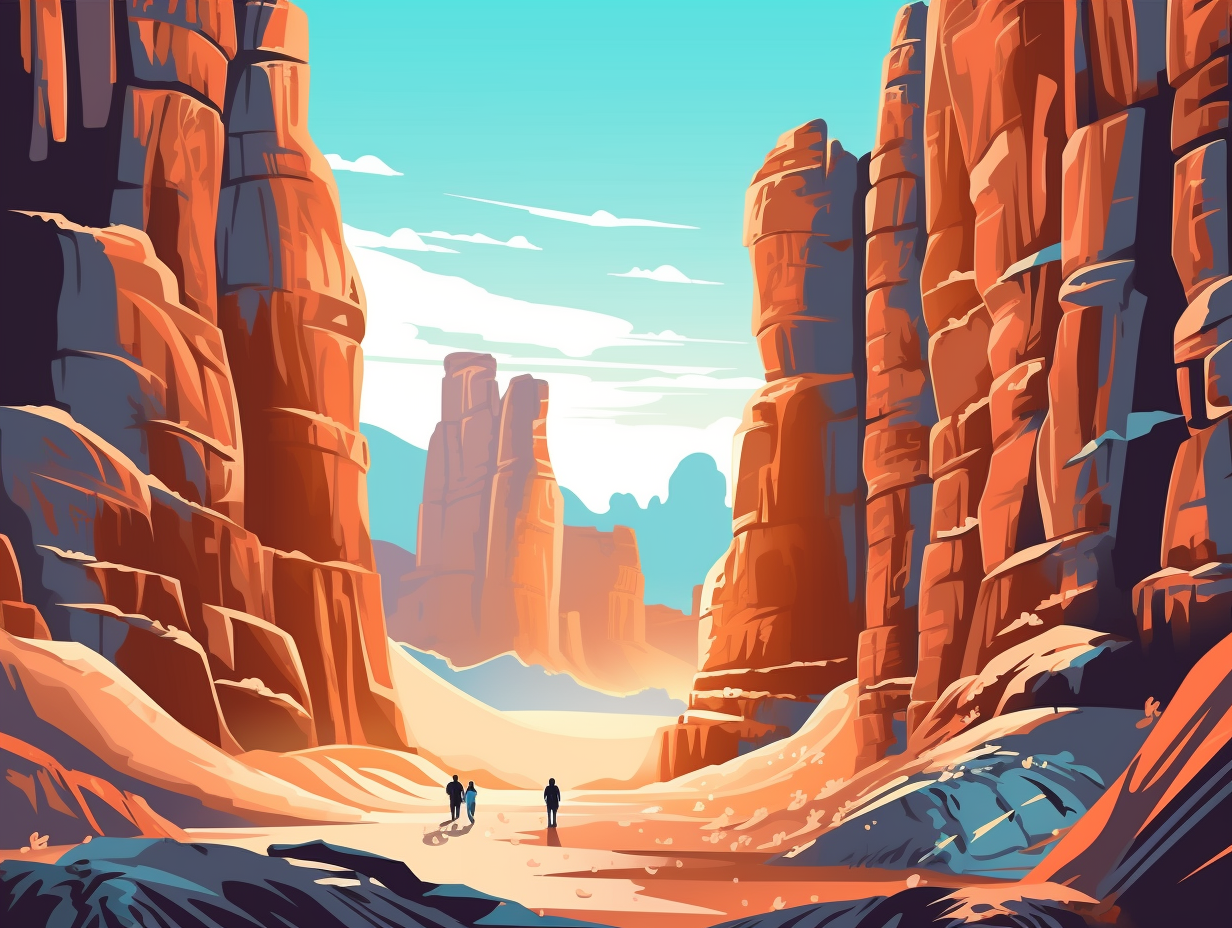Discover the Great Plains: 14 Exciting and Unusual Fun Facts You Never Knew!
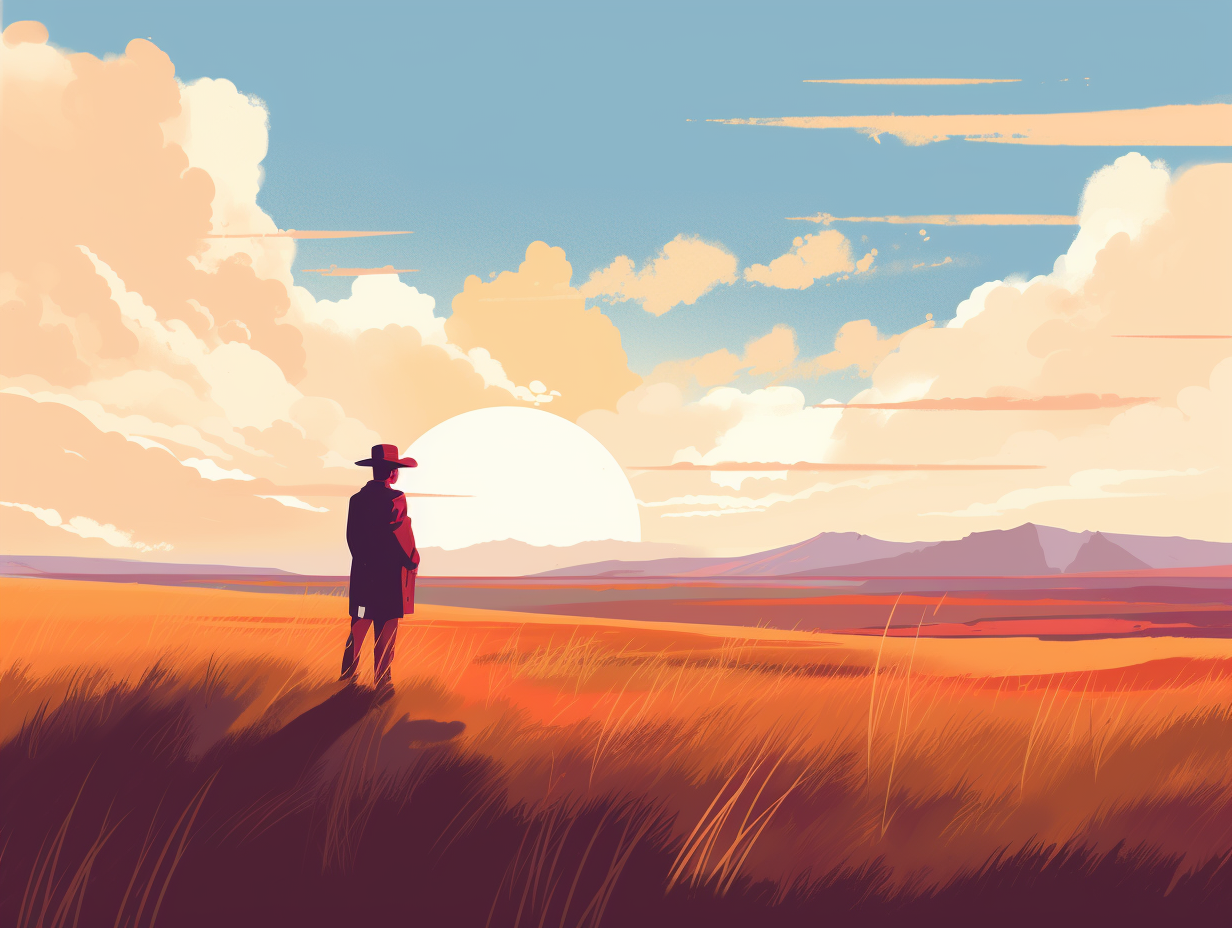
1. Head-Smashed-In Buffalo Jump
Talk about a killer buffalo wing recipe: Head-Smashed-In Buffalo Jump in southern Alberta, Canada is an archaeological site showcasing over 5,000 years of Indigenous hunting techniques, where bison were strategically stampeded off a cliff, leaving behind layers of bones and cultural deposits for us to explore and learn from today.
Source => whc.unesco.org
2. Kansas: Flatter than a Pancake
If the Land of Oz had a dating profile, it would probably say "Flat, but with great personality": turns out, Kansas is scientifically proven to be "damn flat"! Geographers at Texas State University and Arizona State University compared Kansas's topography to a pancake using geographic information software and discovered a flatness value of approximately 0.9997–a near-perfect score. But don't let that pancake comparison fool you, there are still rolling hills and diverse landscapes to charm any wandering Scarecrow or Tin Man.
Source => aps.org
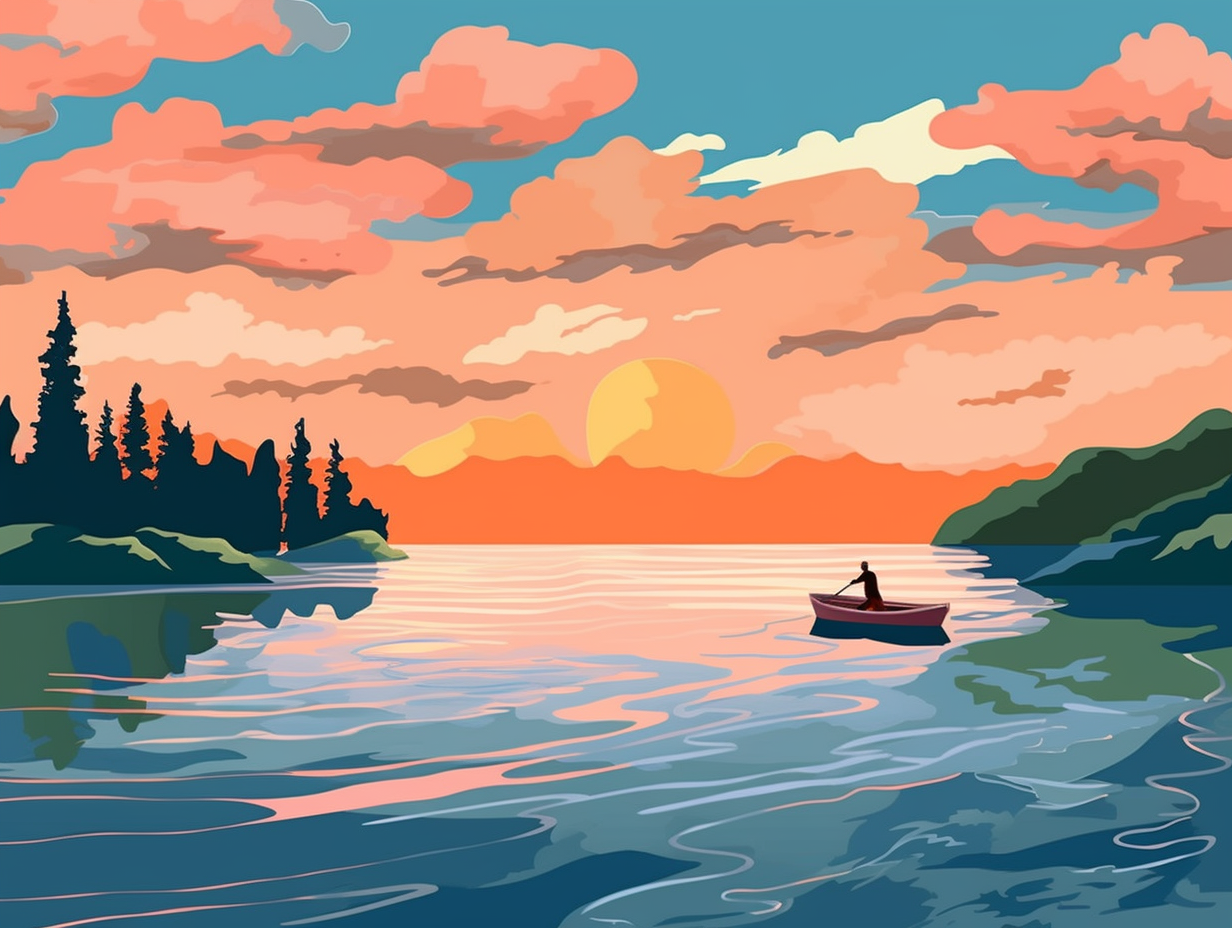
Did you know Ohio mines a massive 5 million tons of rock salt from deep beneath Lake Erie every year? Discover the giant machines and companies like Morton Salt involved in this fascinating process!
=> Fun Facts about The-Great-Lakes
3. Meet Salem Sue: World's Largest Cow Statue
When life gives you milk, make a 38-foot-tall cow out of fiberglass: Salem Sue, the world's largest cow statue, overlooks the great plains of New Salem, North Dakota, honoring the hardworking dairy farmers and their economic contributions since 1974, thanks to the New Salem Lions Club.
Source => roadsideamerica.com
4. Chimney Rock: Old West Trail Skyscraper
What do you get when you cross an Old West Trail with a 325-foot-tall sandstone spire? A chimney worth writing home about! : Chimney Rock in Bayard, Nebraska, served as a notable landmark for travelers on the Oregon, California, and Mormon Trails in the 1800s, mentioned in over 300 journal accounts despite not hosting a single barbecue. Comprised of Brule clay, volcanic ash, and Arikaree sandstone, this natural skyscraper has lost about 30 feet in height in the last 150 years due to weathering and lightning strikes, but still stands proudly as a National Historic Site and popular Great Plains attraction.
Source => nps.gov
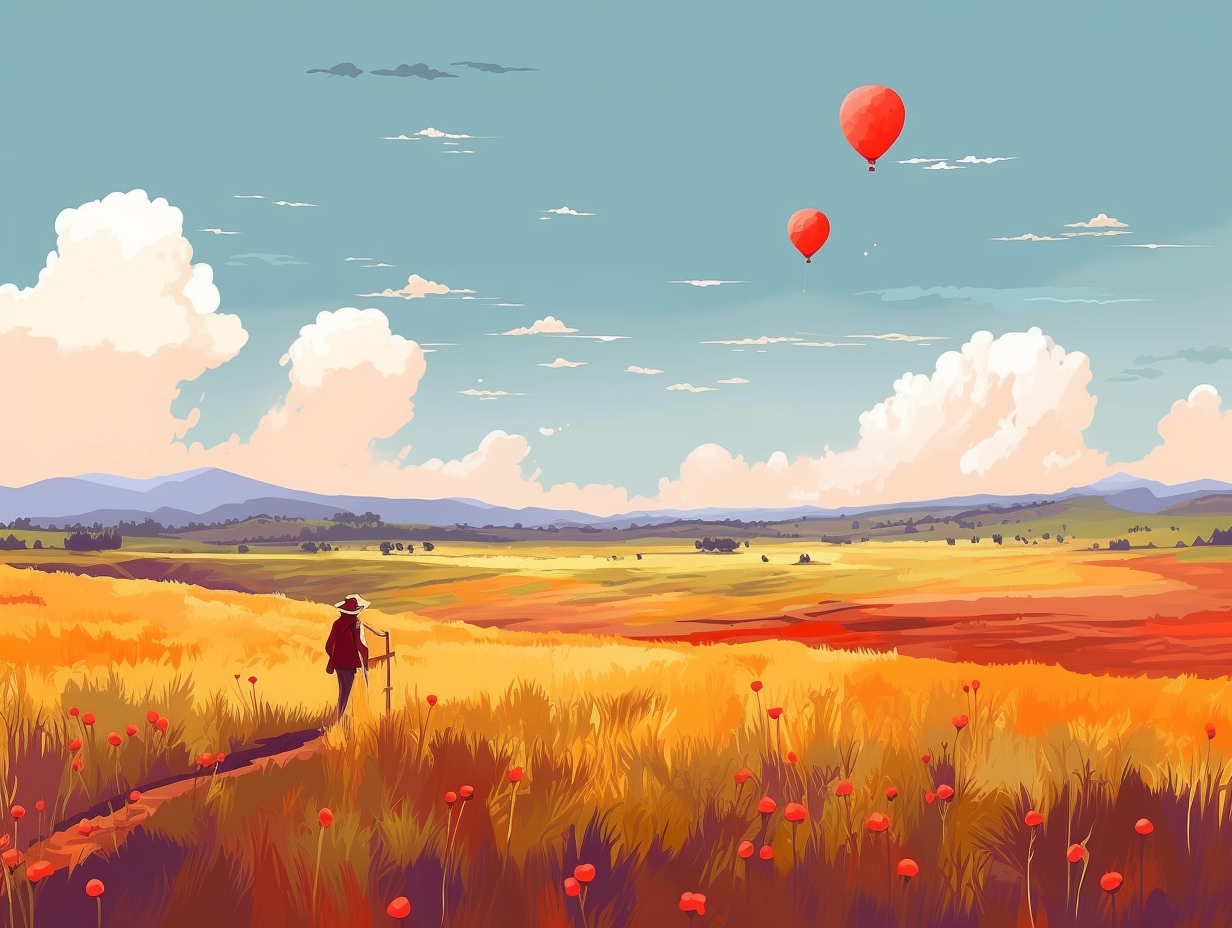
5. Nebraska's Sandhills: Wet & Wild Desert
If you ever find yourself longing for an oasis in the middle of a desert, look no further than Nebraska's Sandhills: a surfin' safari of dunes, home to over 670 native plant species and an aquifer holding an astounding 700-800 million acre-feet of freshwater. Who knew a desert party could be so wet and wild?
Source => extension.unl.edu
6. The Beautifully Bad Badlands
If you're ever "bad" at decision-making, the Badlands National Park has got it covered: despite the challenging terrain, scarce water, and extreme temperatures, this 244,000-acre wonderland in the Great Plains offers hiking, wildlife-spotting, stargazing, and even a glimpse of the rich history of the Lakota people.
Source => doi.gov
7. Ice Age Glacier Makeover
Ice Age called, they want their glaciers back: The Great Plains were dramatically sculpted by glaciers during the Pleistocene era, not only forming regions like the Drift Prairie and Glaciated Missouri Plateau, but also creating massive lakes and carving out the Channeled Scablands, forever altering the landscape and geology of this vast terrain.
Source => geology.teacherfriendlyguide.org
8. Bison & Fire: Great Plains' Dynamic Duo
Did you hear about the Great Plains' version of a block party? Bison and fires are the main event planners: These plains harbor diverse plant communities, thanks to a symbiotic relationship between bison grazing habits and natural fires, creating a patchwork of various species and contributing to a robust ecosystem.
Source => asknature.org
9. Ogallala Aquifer: Backyard Water Park
Who needs a water park when you've got the mighty Ogallala Aquifer in your backyard: Beneath the Great Plains, this underground reservoir spans eight states and supplies almost 30% of the United States' irrigated crops, quenching the thirst of millions of years-old water that's older than your grandma's secret recipes.
Source => ogallalawater.org
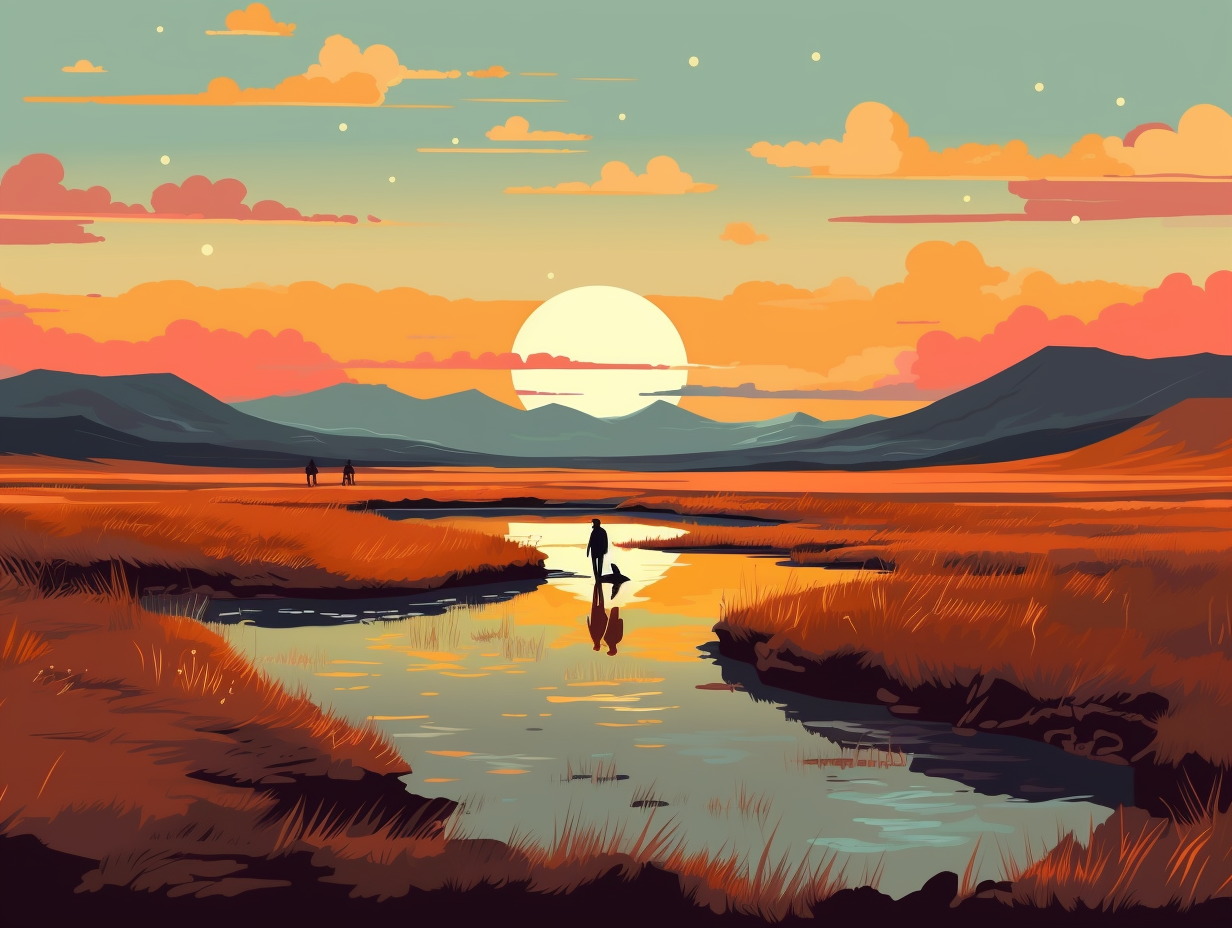
10. Great Plains: Whooping Crane Pitstop
Hold onto your feathered caps, bird-watchers! The Great Plains were fly before it was cool, serving up VIP pitstops for migrating A-list avians: During their migration, the endangered Whooping Cranes use the Great Plains' stopover sites, while researchers identify and categorize areas across their migration range, enhancing conservation efforts for these rare birds.
Source => pubs.er.usgs.gov
11. Tornado Alley: Whirlwind Adventures
If Dorothy and Toto taught us anything, it's that there's no place like the Great Plains for a whirlwind adventure: Known as "tornado alley," this region boasts the highest frequency of tornadoes on Earth, ranging from relatively harmless F0 and F1 twisters to the devastating F4 and F5 whirlwinds responsible for over 90% of tornado-related fatalities.
Source => plainshumanities.unl.edu
12. Standing Rock Tribe's Dino-Dynasty
Move over, Jurassic Park: the Standing Rock Sioux Tribe has been ensuring that fossil hunters aren't having a dino-sized bone-picking party on their lands. As the first tribe to establish a paleontology code, they protect and manage the fossils from Late Cretaceous beds that proudly contributed over 10,000 fossils to their Museum of Natural History – teeth and bones from their very own dino-dynasty that roamed the Great Plains 65 million years ago.
Source => washingtonpost.com
13. Yellowstone Bison's Genetic Challenge
Did you hear about the bison who walked into a bar only to find out he couldn't leave because he was feeling a bit sluggish? Turns out, it isn't your everyday buffalo joke: Yellowstone National Park is home to the last 3,700 pure-bred wild bison in America, but an alarming 72% of them face an inherited defect in their DNA which leads to lethargy and hampers their ability to find food and mates. This sad turn of events is due to early conservation efforts that inadvertently caused inbreeding, leaving the nation's most majestic hairy mooers with a genetic challenge that threatens their survival.
Source => reuters.com
14. Sandhills: Nebraska's Hidden Biodiversity
Whoever said "You can't make a silk purse from a sow's ear" clearly hasn't witnessed the wonders of the Sandhills in Nebraska: These seemingly barren dunes, which make up a quarter of the state's land, actually play host to more than 314 species of vertebrates, including mule deer, pronghorn, coyotes, and the melodious Western meadowlark.
Source => en.wikipedia.org
Related Fun Facts


